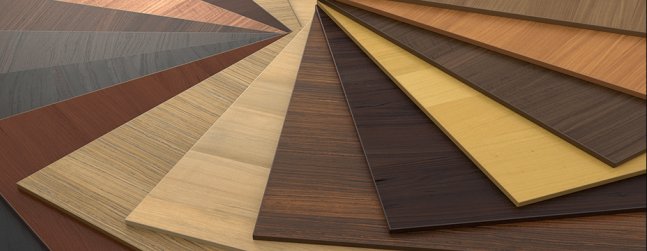No Nonsense Organics Cutting
Job shops are cutting and marking a wide range of different organic materials all the time. However, from hard woods to soft, paper to card, stone to leather, cutting and marking such a range of materials is costing job shops time. Time wasted in the trial and error required to find ideal laser cutting or marking parameters for any one material.
It’s not just a question of wasted time, there’s also a certain amount of loss of face involved. Customers think they are handing over their laser cutting and marking requirements to experts not someone who’s got to give it a try first or ‘suck it and see’.

Intelligent Materials Database
Our product partners, Universal Laser Systems (ULS) provide all their systems’ users with access to the Intelligent Materials Database.
The Intelligent Materials Database is a by-product of the company’s Advanced Materials Processing Center (AMPC). Through the AMPC, Universal Laser Systems apply years of knowledge and experience in laser materials processing to support customers in their decision making - from parameter configuration to deployment and beyond.

Optimised Settings
The Intelligent Materials Database is integrated into the laser system control software available on all ULS systems.
The Database automatically calculates optimised laser material processing settings for hundreds of materials. This eliminates the need for trial and error, providing professional quality results with the minimum of time and effort.
The AMPC identifies compatible materials to add to the database based on a set of criteria and understanding of the material’s characteristics and uses.
Tested so you don’t have to
Before settings are added to the database, each material goes through testing and analysis to develop a compatibility profile for laser material processing. These tests include:
- Heat Affected Zone (HAZ) – the material is tested to determine the smallest HAZ possible
- Compatible Laser Processes – testing with different wavelengths and power levels to determine which processes of laser cutting, engraving and/or marking are compatible with the material
- Uniformity – applying the laser processes of cutting, engraving and marking across a graphic to ensure consistency of results
- Edge Quality Optimization - to determine the optimal edge quality for the material when laser cutting (e.g. smooth polish on acrylic edges; no serration along edge)
- Change of Appearance – to determine potentially desirable and undesirable effects on the material
- Material Integrity – to determine whether the integrity of the material is impacted by a laser process
- Effluent Analysis – to identify any environmental, hazardous health or safety considerations when using the material with laser technology.
If you would like more information on the Intelligent Materials Database or want details on Universal Laser’s range of materials processing laser systems, please contact sales@tlm-laser.com